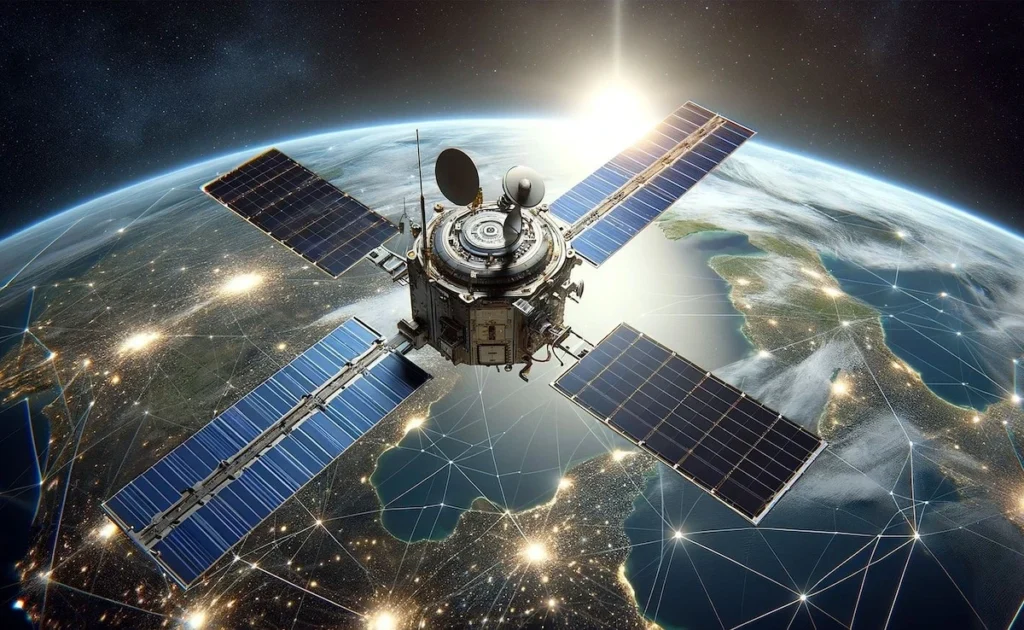Led by IIT Bombay, in collaboration with esteemed institutions like PRL, TIFR, RRI, IUCAA, and ISRO centers, Daksha project will revolutionize our understanding of transient events in space.

About Daksha project:
- Mission Objective: To study explosive astrophysical sources like Gamma Ray Bursts (GRBs) and electromagnetic counterparts to Gravitational Wave (GW) sources.
- Satellites: Two high-energy space telescopes in near-equatorial orbit around Earth.
Detector Packages:
- Low Energy (LE): 13 packages with Silicon Drift Detectors (SDDs).
- Medium Energy (ME): 17 packages with Cadmium Zinc Telluride (CZT) detectors.
- High Energy (HE): 4 packages with NaI Scintillator and Silicon Photomultipliers (NaI + SiPM).
- Coverage: Provides an order of magnitude better coverage than existing missions.
- Sensitivity: Medium Energy (ME) detectors offer a sensitivity of 4 × 10^-8 erg cm^-2 s^-1 in the 20-200 keV range.
- Orbit: 650 km near-equatorial orbit.
Key Features
- Real-time Detection: Individual photon data downlinked in every satellite pass for real-time detection of transients.
- Localization: GRB localization in orbit with resolution improving for brighter bursts. On-ground processing enhances localization accuracy.
- Compton Imaging: Medium and High Energy detectors can function jointly as a Compton Imager.
- Polarization Abilities: Utilizes Cadmium Zinc Telluride detectors for excellent polarization measurements, enhancing our understanding of transient events.
Significance
- Scientific Advancement: Daksha is expected to discover thousands of GRBs and dozens of high-energy counterparts to binary neutron star mergers, advancing our understanding of astrophysical phenomena.
- International Collaboration: Collaboration between leading Indian institutions and ISRO showcases India’s prowess in space research and technology.
- Educational Impact: The mission provides opportunities for research and education in astrophysics, fostering scientific curiosity and innovation.
| UPSC IAS Preparation Resources | |
| Current Affairs Analysis | Topperspedia |
| GS Shots | Simply Explained |
| Daily Flash Cards | Daily Quiz |


